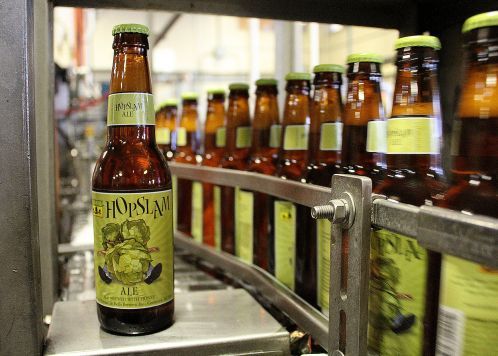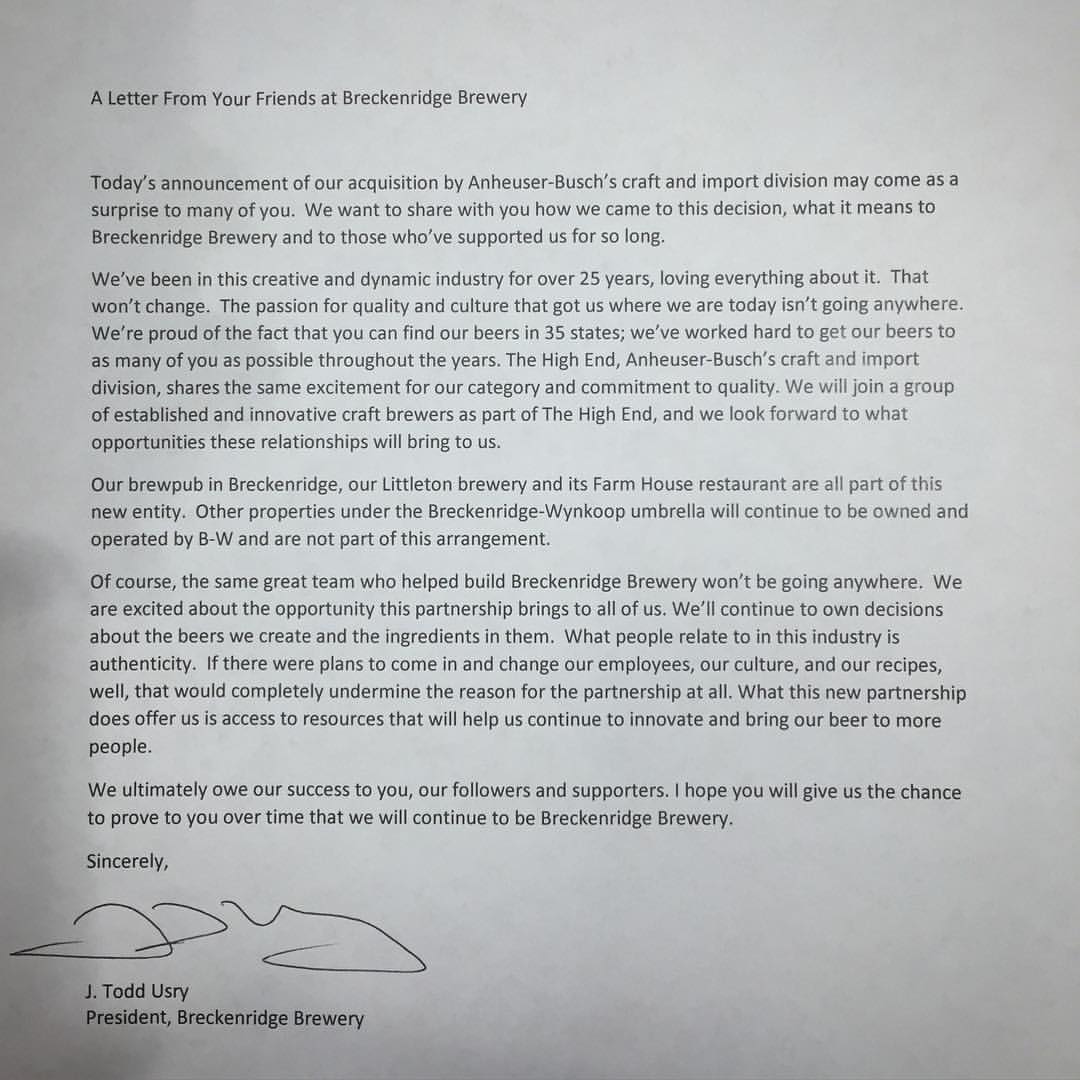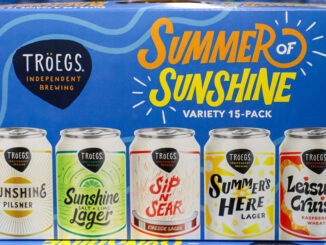
Karl Strauss Brewing has nine Southern California locations — with five in San Diego and one each in Anaheim, Costa Mesa, Los Angeles, and Temecula. With so many places, taking in careful considerations when selecting a proper POS (Point of Sale) system for the taproom — particularly in terms of scalability and adaptability — was key, said Fred Glick.
“Our POS system has significantly contributed to streamlining processes and improving efficiency in our brewpubs,” said Karl Strauss’ Vice President of Brewpubs. “For instance, its integrated table management and handheld terminals allow our staff to process orders quickly and accurately, reducing wait times and enhancing guest satisfaction.
“Integration with kitchen displays and printers ensures seamless communication between front-of-house and back-of-house operations, minimizing errors and optimizing workflow.”
Twin Oast Brewing made a switch of systems after opening due to some pitfalls in the first system they used, explained founder Cory Smith.
“First and foremost, we wanted to have a POS that was able to work with a Hybrid Service system using QR codes to place orders as we feel this is the best style of service for our business,” he said about the Port Clinton, Ohio brewery. “Scalability and adaptability were two of the biggest factors for us.
“We knew we wanted a system that we could tweak and edit on the fly from anywhere, so cloud-based was a must.“
Being able to use a Hybrid Service style was “a complete game changer,” Smith noted.
“We are now able to have fewer staff in the taproom working to make table touches while allowing customers to be the ones who input orders,” he explained. “Even if someone wasn’t to use the QR code ordering system, just having a table-side device to place orders decreases minutes from the ordering process and helps turn tables faster.”
The kitchen moving from a paper ticket system to an electronic Kitchen Display system was also a huge leap.
“It has lowered ticket times, especially during our peak times, as order management goes from fumbling through tickets to clicking a screen,” Smith added. “Our staff is on the same page more often as they can see where each step of each order is in real-time.”
When selecting a POS system for the numerous Karl Strauss brewpubs, scalability and adaptability were very important, Glick pointed out.
“All the large providers offer above store management (enterprise) and we absolutely take advantage of the consistency that offers us from store to store,” he said. “We needed a solution that could grow with our business as we expanded our operations or introduced new offerings.
“Scalability ensured that our POS system could handle increased transaction volumes without compromising performance.”
Adaptability was also crucial to accommodate evolving any technology trends and changing consumer preferences in the hospitality industry, he added.
Twin Oast’s POS system has lots of options for third-party integrations, so Smith said he knew if the base inventory management or loyalty program wasn’t something that we loved, they could always find a third party that was a perfect fit.
“We have done so, using an inventory program, an app for customer loyalty, and a third-party scheduling software that all talk to our POS system seamlessly,” he said.
Integrating Karl Strauss’ POS system seamlessly with other aspects of brewpub management — such as inventory control and customer loyalty programs — was a top priority.
“We sought a POS solution that offered API access or built-in integrations with popular inventory management software and loyalty program platforms,” Glick said. “This integration ensures real-time synchronization of data across different systems, enabling us to maintain accurate inventory levels, track guest purchase history, and eventually reward our loyal guests efficiently.”
By streamlining these processes, Glick noted that they can focus more on providing hospitality and “crafting memorable experiences for our guests.”
Collecting data through your POS system can help make informed decisions about your taproom’s inventory management, along with future pricing strategies, and customer preferences.
“By analyzing sales trends, popular menu items, and peak hours of operation, we can optimize inventory levels, minimize waste, and forecast demand more accurately,” Glick said.
Being able to utilize the purchase history of consumers along with any feedback gathered through the POS system will eventually enable Karl Strauss to personalize marketing campaigns, tailor promotions, and enhance the overall guest experience.
“This data-driven approach empowers us to make strategic decisions that drive profitability and foster guest loyalty,” Glick said.
For inventory decisions, Twin Oast will rely heavily on its product mix report.
“We can see how many of any given item is sold during any month, week, day, or even hour,” Smith said. “We have used this data to run product matrices to see which items are both profitable and popular and remove the items that are unpopular and low profit.”
One example of a change Twin Oast made was with its Berliner Weisse.
“It was always a standard Berliner with the thought that it was a “gateway to sours” kind of beer, but over the years we realized it just didn’t sell how we expected,” he said. “It also took longer to make than our other beers, so the profitability on it was waning.
READ MORE: Why Formalizing a Packaging Complaint System Matters
“We decided to change the beer to a seasonally fruited Berliner Weisse, and it has both increased in volume, but also in profit as we were able to charge appropriately for a fruited sour versus a base beer.”
Of course, encountering challenges and limitations with a POS system can happen and while Karl Strauss’ current POS system has provided numerous benefits, Glick has said that they have encountered some challenges along the way.
“Tech support has been inconsistent at times and only since we have been assigned a customer success manager has this challenge subsided,” he said. “Additionally, ongoing staff training and technical support are essential to mitigate any issues or downtime associated with software updates or system maintenance.
“By maintaining open communication and staying abreast of industry trends, we can overcome challenges and continue to leverage our POS system effectively to drive success in our brewpubs.”
Smith said that breweries are unique and create challenges that typical restaurant POS systems aren’t ready to handle.
“The one major one for me is keeping track of the volume of sales of individual beer brands,” he said. The brewery sells most draft options in 5-ounce tasters, 10-ounce snifters, and 16-ounce pints, along with 32-ounce crowlers or 64-ounce growlers.
“This means we either have to have five buttons for each beer in five different menus, or we have to create a long list of modifiers for each brand,” he lamented. “We chose to do the latter for our draft options. The problem is that there is no easy report to show the volume of each beer we sold to be able to compare to our kegs and check for keg yield.”
The workaround, he said, is to do the math manually based on the current product mix.
“But it’s just not as clean and simple as the rest of the system makes in other areas of inventory management,” he said.





Be the first to comment